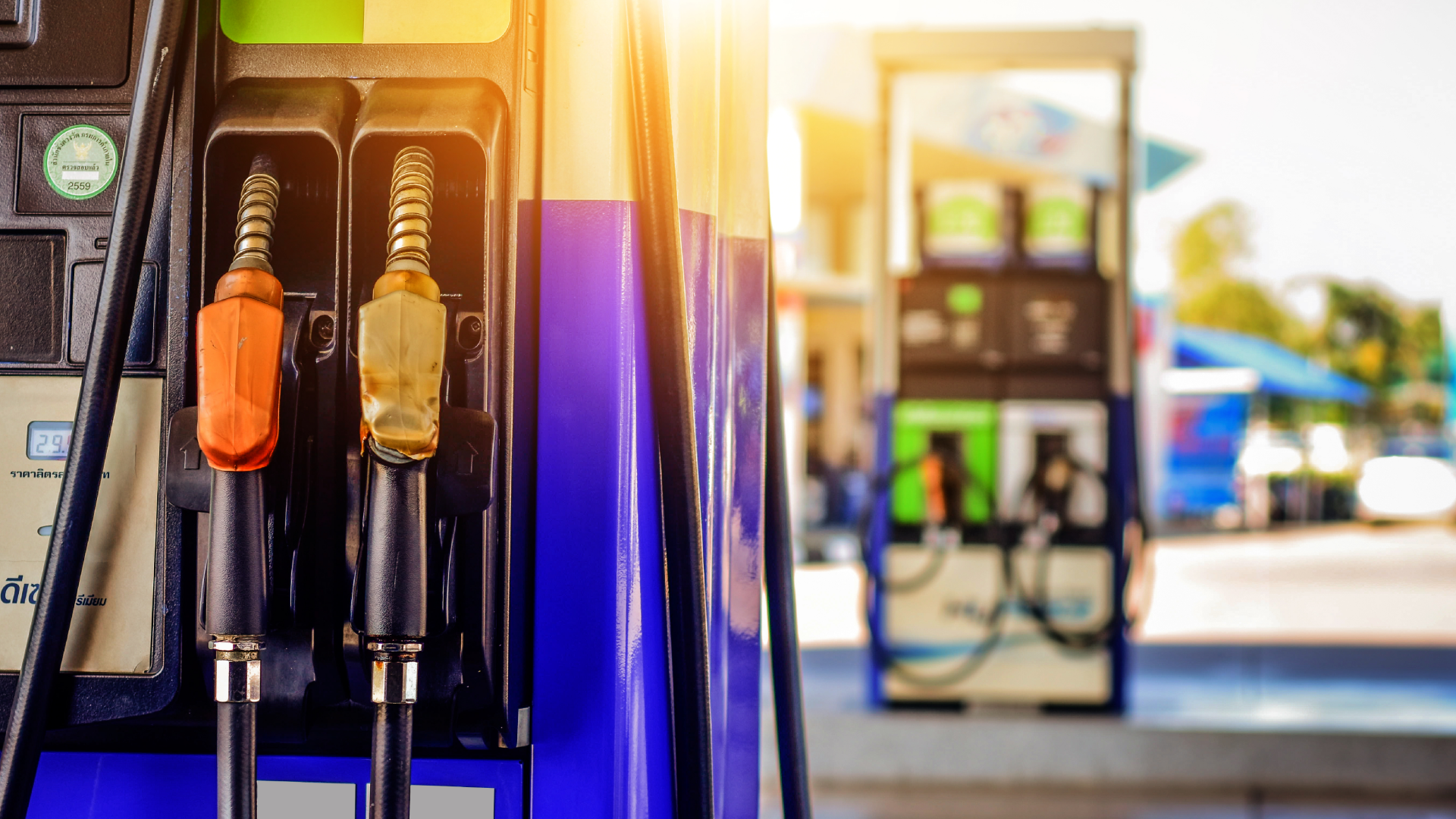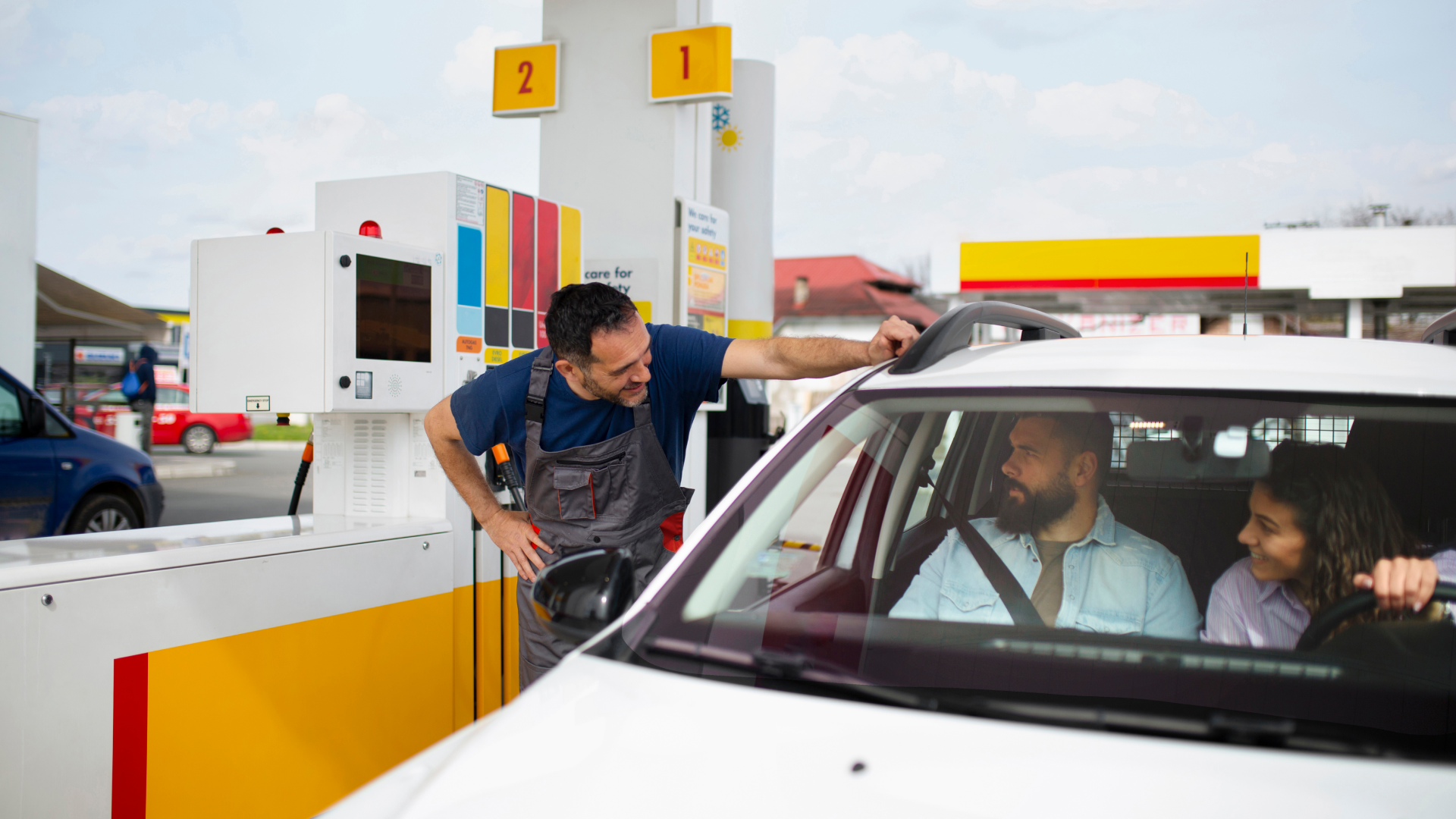Choosing the right gas station tanks and pumps is, without a doubt, a critical decision to ensure efficiency, safety, and profitability. These systems are the heart of your operation, and selecting them requires careful analysis of multiple factors. In this article, we’ll cover everything you need to know to make the best investment decision for your station.
The importance of fuel tanks and dispensers
Fuel tanks are responsible for the safe storage of gasoline, diesel, and other fuels, while dispensers guarantee accurate and efficient fueling for your customers. High-quality equipment not only improves safety but also prevents fuel loss, environmental risks, and regulatory violations.
Among the most common tank types in the U.S., double-wall underground storage tanks (USTs) stand out. They provide extra protection against leaks and comply with strict EPA requirements. Aboveground tanks are also used in some cases, especially for diesel or backup systems, but underground tanks remain the standard for most stations.
Fuel dispensers, on the other hand, must deliver precision, durability, and integration with modern payment and monitoring systems, ensuring reliable and customer-friendly service.
Key factors when choosing fuel tanks
Capacity
Tank size must align with your station’s demand. Standard USTs in the U.S. range from 10,000 to 30,000 gallons, with larger multi-compartment options available for high-volume locations.
Durability
Opt for double-wall tanks with corrosion-resistant materials, which provide long-term safety and comply with EPA standards.
Regulatory compliance
Tanks must meet EPA UST regulations and NFPA fire codes, as well as inspection requirements from your state’s Department of Environmental Protection (DEP).
Available space
Underground tanks save surface area and improve site design by leaving room for vehicle circulation, car washes, or EV chargers.
Monitoring and leak detection
Modern USTs should include automatic tank gauging (ATG) systems and leak detection sensors, which simplify inventory management and ensure compliance with environmental laws.
Discover: The importance of gas station façade design
Essential factors when choosing fuel dispensers
- Efficiency and accuracy: Dispensers must provide extremely precise fuel delivery to avoid financial losses and violations under your state’s Weights and Measures inspections.
- Payment and technology integration: U.S. gas stations must support pay-at-the-pump, EMV chip compliance, PCI security standards, and often contactless payment. Integration with POS and back-office systems is essential.
- Durability: Prioritize dispensers built with high-quality materials that can withstand heavy daily use, extreme weather, and continuous operation.
- Ease of operation: User-friendly interfaces, such as touchscreen displays, bilingual options, and clear prompts, enhance the customer experience.
- Support and service: Choose a manufacturer that offers nationwide technical support, parts availability, and fast maintenance services, ensuring minimal downtime.
Learn more: Gas station: how the canopy impacts visual identity and consumer perception
How much do fuel tanks and dispensers cost?
- Fuel tanks (USTs): Prices typically range between $25,000 and $100,000 per tank, depending on capacity, installation complexity, and monitoring technology. For example, a 20,000-gallon double-wall tank usually falls in the $40,000–$60,000 range.
- Fuel dispensers: Units generally cost between $10,000 and $20,000 each. Advanced dispensers with EMV compliance, large digital screens, and loyalty program integration can exceed $25,000.
Important note: Costs vary significantly by region, contractor, and site conditions. Always request multiple quotes and evaluate the long-term cost-benefit of each solution.
Why work with specialists in selection and installation?
Purchasing and installing fuel tanks and dispensers requires technical expertise, planning, and regulatory knowledge. Partnering with a specialized company provides benefits such as:
Regulatory compliance:
Ensuring your site fully meets EPA, NFPA, and OSHA standards, avoiding fines and shutdowns.
Optimized planning:
Designing layouts that maximize available space, improve traffic flow, and prepare for future upgrades like EV charging stations.
Efficient maintenance:
Implementing preventive and corrective maintenance programs that extend equipment life and reduce unexpected downtime.
Extended service life:
Professional installation and monitoring can add years to your tank and dispenser systems, maximizing ROI.
For these reasons, working with experienced fuel equipment specialists is a strategic decision that directly impacts your station’s long-term success.
Choose the best for your gas station!
Selecting the right gas station tanks and pumps is essential to keep your station safe, compliant, and profitable. By evaluating capacity, durability, efficiency, and compliance with U.S. regulations, you ensure smooth operations and a reliable customer experience.
Do you want to make a difference and ensure the success of your gas station? Rely on the support of the only business group exclusively dedicated to the gas station sector in Brazil, with over 25 years of expertise and offering personalized consulting. Contact us for more information!
With Petrol Group, you have everything for your gas station in one place!
Learn more about: Ideas for gas station revitalization


